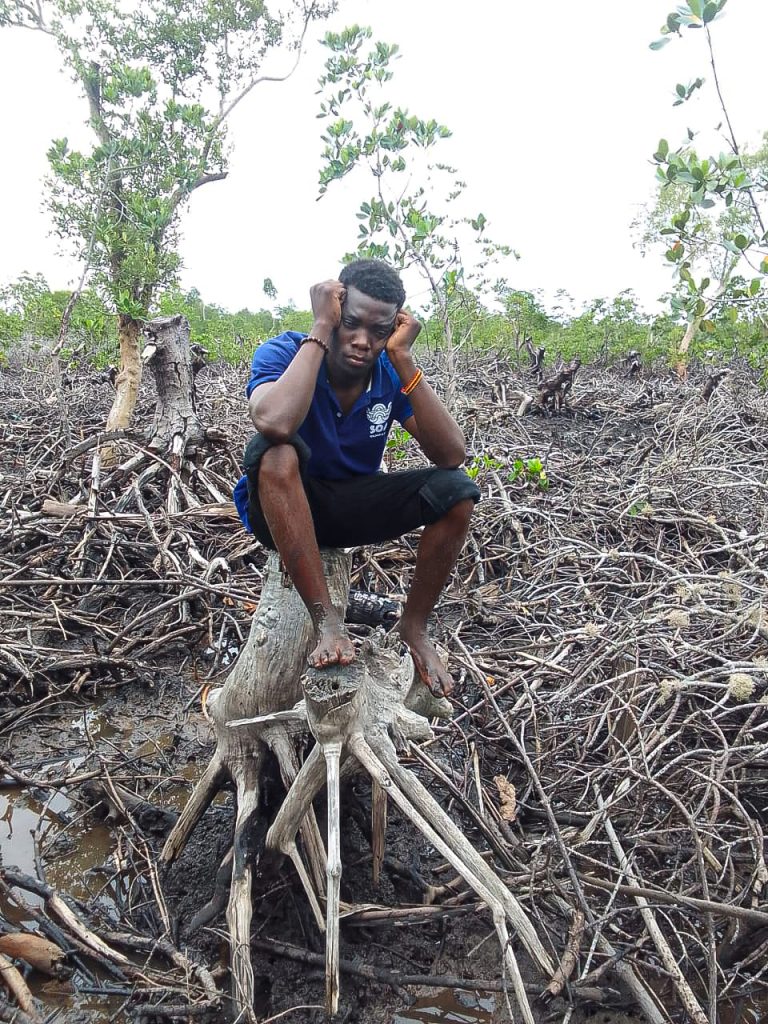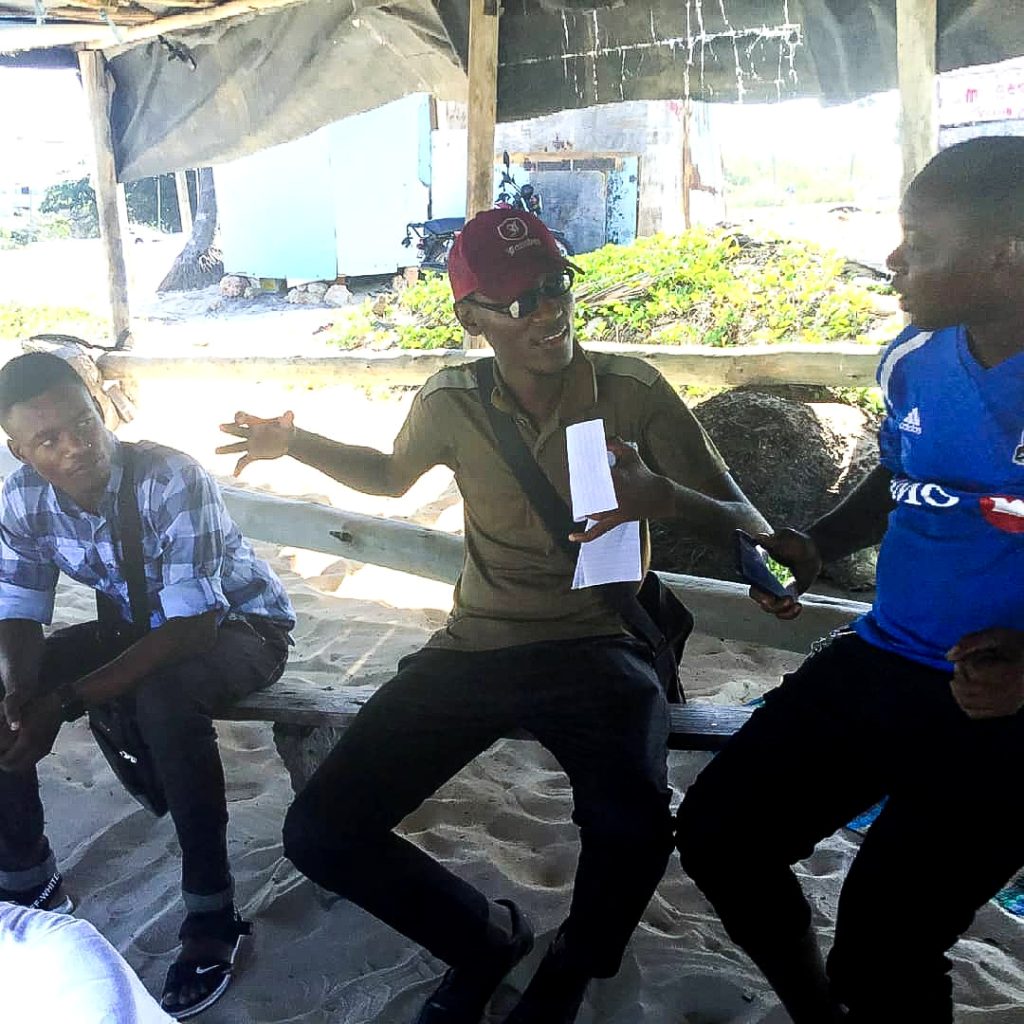THE DESERT IN THE WETLANDS
world wetlands day 2023
There is a saying that, “we did not inherit this planet from our ancestors, we borrowed it from our children”. As youth, we think of how our children and the children after our children will find this wetland with this massive destructions continue to happen every now and then, WILL THEY HAVE WETLANDS OR DESERTS………….?!
We asked 50 coastal youth in Tanzania about how they see the status of the wetlands in their local areas and we were surprised by the answered we got from them. Many were unsure if there will be wetlands with this rate of degradations in the wetlands. We can put together their words and testimonies in a simple phrase THE DESERT IN THE WETLANDS.
“I am a beach boy, the ocean has been my employment for the past 10 years and I have been benefiting most from the tourists and people coming for recreational at the beach, I used to love seeing the beauty of the seagrass meadows here but as days goes by I see algae and sea urchin, than the seagrass I used to see, and as I come back by the beach I see tons of dead seagrass leaves. This tears my heart apart because the seagrass was beautiful filled with sea star, but now its filled with sea urchins and algae and most part left bared, a situation which makes most people not to swim in afraid of stepping on the sea urchins and my buoyant balls are harmed by these urchins in short it’s a loss to my business, which is why I had to extend my service to open a mini restaurant for people who come to eat at the beach. To date am not sure if there will be seagrass any longer by 2050.” By Mr.Rajab

According to United Nation Environmental Program (UNEP), globally 7% of the seagrass cover is lost every year equivalent to a football field of seagrass cover lost in every 30 minutes, in Tanzania seagrass are dying at an alarming rate due to numerous anthropogenic activities that threatens the existence of seagrass meadows, most finding reports that pollution, coastal developments and boat anchoring have for 10 years now being the major cause to seagrass destructions in Tanzania and the western indian ocean region at large.
SOA TANZANIA under its project GRASS UNDERWATER, is committed to restore and conserve seagrass meadows in Tanzania, raising awareness to make seagrass meadows in Tanzania, a familiar habitat so as it’s no longer overlooked but given the spotlight it deserves. We restore, monitor, conserve and raise awareness to prevent seagrass desertification from happening to our generations. Learn more about this project here: https://youtu.be/tolR_2ucrqw
“I don’t even know how to tell you this, but this is so painful to see and to listen, this is 1hacter of mangrove forest harshly destroyed due to the demand for firewood and timber. People have been clearing out this forest for years and left this mangrove forest bared, for 7 years now this forest hasn’t yet recovered to its normal self as before. The world is suffering from a global pandemic called CLIMATE CHANGE, and yet we have massive bared mangrove forest and some people still cutting them down, can you picture with me how much carbon is realized back to the atmosphere after cutting down 7 hectares of this mangrove forest..?” By Paul Matonya

Tanzania has one of the largest mangrove areas in Eat Africa, with almost 160,000ha. Local communities rely heavily on these mangroves for fuel, food, medicine, construction materials and income. The economic value of the direct use of natural resources in Tanzanian mangroves has been estimated at US$10.3 MILLION PER YEAR. However, overuse and shifting agricultural practices have led to demise of mangrove forests. Over 6,000Ha, representing more than 10% of the total coverage of the Tanzanian mangroves, has been lost since 1991, this continuous trend jeopardizes the livelihood of more than 3 million people in Tanzania who depends on the ocean natural resources for their livelihoods. Reported by Tanzania forest security agency.
SOA TANZANIA through OUR MANGROVE PROJECT, works to map, adopt mangrove areas, restore and monitor the mangroves also raising awareness to the communities on the importance of mangroves and on how to protect mangrove ecosystems. We do this by forming coastal community groups with whom we can work with in their mangrove areas to restore the mangroves, we map the selected site and adopt it for longer protection and conservations, we build nurseries, collect seeds and keep them in the nursery to baby mangrove growth and finally plant the baby mangroves in our adopted mangrove sites for restorations, then we monitor what we have planted and develop community based projects that can be integrated with the mangrove forests to help improve the livelihood of the local coastal communities and our YOUTH and the world at large.
You can help us reforest our wetlands and save the world by supporting our ocean, contact us today.
